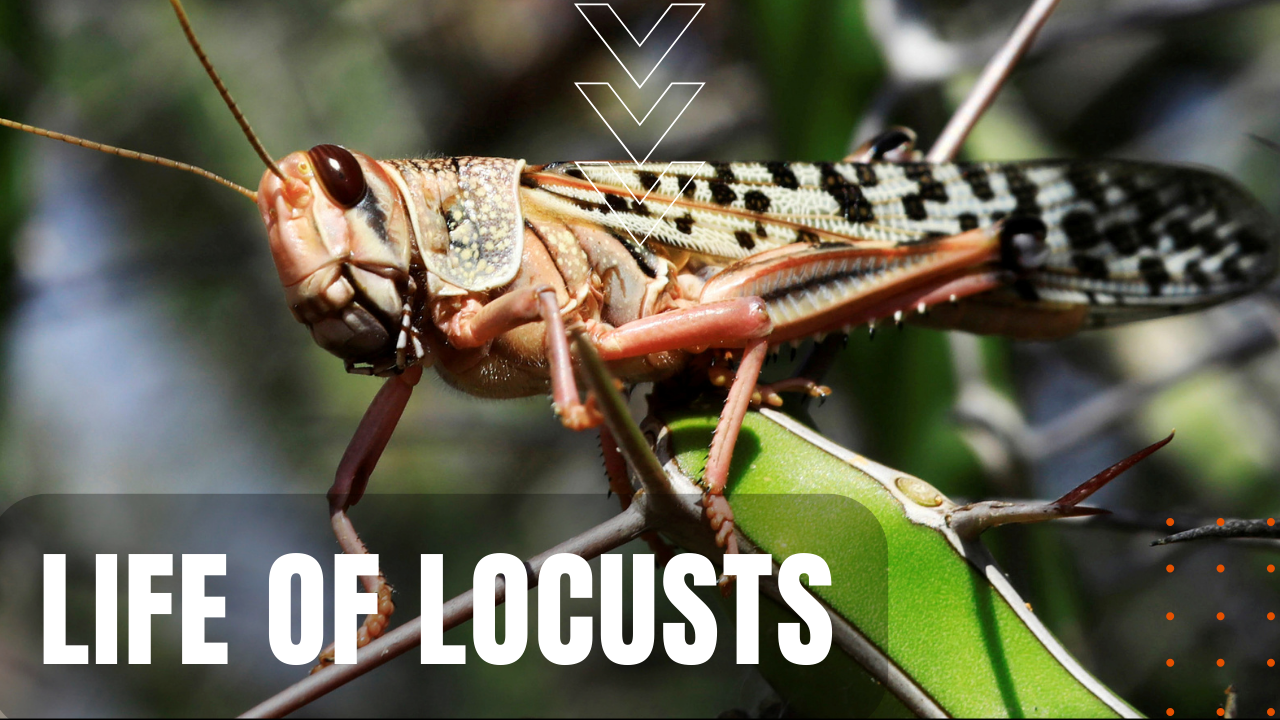The Life of Locusts

Harkening back to the dawn of agrarian civilizations, locusts are a much-dreaded form of grasshopper in the family Acrididae, whose ability to undergo physiological and behavioral changes in the form of swarming have associated locusts as one of the most devastating natural disasters, linked with famine, strife and dissolution of societal order as documented in the Bible, the Qur’an and Chinese historical records. Possessing body structures comprised of a head, thorax and abdomen, locusts have a system of tracheae for gas exchange, which allows oxygen to perfuse directly to their tissues, and while locusts are solitary insects under normal conditions—avoiding contact with other locusts at all cost—that all changes when environmental conditions flips them into their gregarious swarming phase.
Ongoing Threat
Even in recent times, locusts remain an environmental threat to human health and agriculture, such as the 1988 locust swarm that covered 18 million square miles, extending over and into parts of up to 60 countries, resulting in billions of dollars of economic losses. Triggered by environmental changes such as overcrowding and food scarcity, locusts are able to fly hundreds of miles and day, while consuming their body weight in plant matter each and every day—proportionately 60 to 100 times that of a human’s daily intake. Scientists have also noted a variety of biological and phenotypic traits during a locust’s gregarious phase, such as changes in body color, morphology, behavior, physiology and immune responsiveness—all occurring rapidly within a few short hours.
Prodigious Breeders
Of the 21 known locust species around the world, solitary females lay 95 to 158 eggs at a time, while gregarious females lay 80 eggs in an egg pod. Although most locust species hatch in roughly two weeks, other species can gestate for up to 65 days. Developing in six stages over a period of 30-40 days, the three main stages into egg, nymph and adult. With a lifespan of 8-10 weeks for most species and three to six months for the desert locust, scientists and farmers alike employ control measures to minimize the risk of swarming, including pesticides and biological controls such as predators, parasites and pathogens, as well as preventative measures such as monitoring and early detection systems, making the life of locusts, one of the oldest, most destructive pests known to man.
